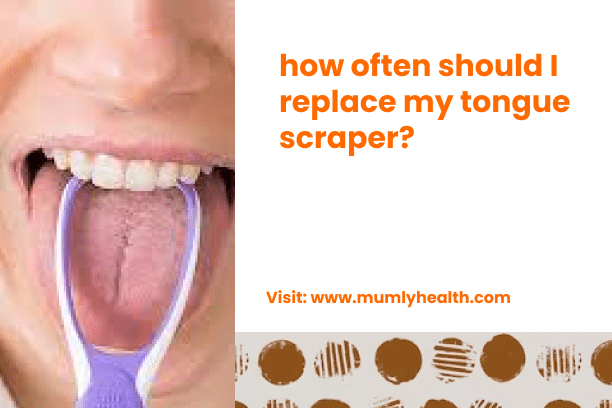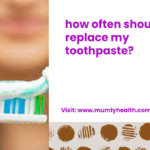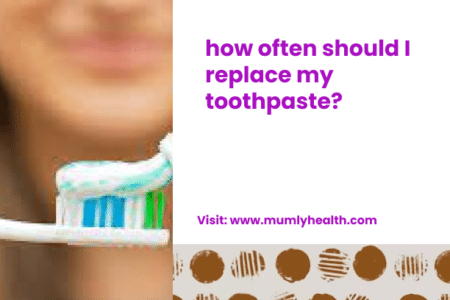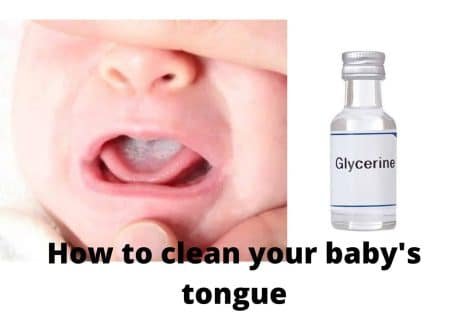Tongue scraping involves using a basic tool to glide across your tongue, eliminating bacteria, food remnants, and other residues from its surface.
This practice has endured for millennia, with historical records indicating its use by civilizations like the Romans and the Victorians, including figures like George Washington, who faced dental challenges.
While brushing your tongue alongside your teeth brushing routine can yield similar results, certain specialists argue that a dedicated scraping tool is more effective in eliminating plaque and bacteria from the tongue’s surface.
Tongue Scraping Benefits
The act of scraping your tongue holds the potential to uphold the proper balance of beneficial bacteria within your mouth. These beneficial bacteria have the capacity to generate more nitric oxide, a compound that supports the nourishment of stem cells responsible for repairing and replacing older, damaged cells.
Consequently, although research remains constrained, some scientists postulate that regular tongue scraping might ameliorate issues like bad breath, enrich taste perception, and mitigate the risk of cavities.
Tongue scraping could be particularly beneficial for individuals with a “coated tongue,” characterized by the accumulation of bacteria and dead cells due to factors such as medication use, smoking, dry mouth, irregular brushing, and yeast infections.
While scientific investigations are still limited, when performed correctly, tongue scraping is considered safe and can impart a refreshing sensation of cleanliness that many individuals find appealing.
How to Scrape (Clean) Your Tongue
Incorporating tongue scraping into your brushing regimen is a straightforward process. Here’s how you can do it:
- Begin by brushing and flossing your teeth as you normally would.
- Extend your tongue outward.
- Position the scraper at the farthest point back on your tongue.
- Glide the scraper smoothly from the back to the front of your tongue, repeating the motion 2 or 3 times.
- Apply gentle pressure throughout the process. If you experience discomfort or notice any cuts on your tongue, you’re exerting too much pressure.
- Rinse the scraper under warm water after each scrape.
- After scraping, rinse your mouth with water by swishing it around.
- Finally, clean the scraper thoroughly once you have finished using it.
How to Choose a Tongue Scraper
Numerous options are available online for tongue scrapers, including:
- Brush tongue scrapers: These typically feature a long handle resembling a toothbrush, with a tip equipped with ridges or short bristles designed for scraping along the tongue. Given their size, they may require multiple passes to cover the entire tongue. It’s advisable to replace them every 3 to 4 months with regular use.
- Plastic tongue scrapers: These are thin plastic wires bent into a U-shape.
- Metal tongue scrapers: Generally, these consist of thin, U-shaped metal wires. They tend to have a longer lifespan compared to plastic ones. It’s recommended to refer to the package or the manufacturer’s website for specific details. With careful application, you can often clean your entire tongue in a single pass, although you may opt for multiple passes. Copper and stainless steel tongue scrapers can be used indefinitely if cleaned regularly. Some people prefer copper due to its antibacterial properties.
If you’re uncertain about which option suits you best, consider consulting your dentist or hygienist for guidance.
Read Also: How to clean your baby’s tongue – how to clean the baby tongue with glycerine
How Long Does A Tongue Scraper Last?
Determining when a tongue scraper needs replacement can be challenging. Unlike a toothbrush, where you can visually observe bent bristles indicating ineffectiveness, a tongue scraper doesn’t provide such obvious cues.
Moreover, the efficacy of a tongue scraper diminishes gradually over time. Its edges may wear out and become uneven, leading to discomfort during tongue scraping and potentially causing skin abrasions.
As a general rule, if you notice any signs of deterioration or if the scraping becomes uncomfortable, it’s advisable to replace the tongue scraper promptly to maintain optimal oral hygiene and prevent any potential discomfort or injury.
When To Replace A Tongue Scraper
Certainly, aside from the standard 3-4 month replacement cycle, here are additional instances when you should consider replacing your tongue scraper, even if it hasn’t reached the typical timeframe:
- Visible signs of wear: Check for rough edges, bending, or any irregularities on the rounded part of the scraper.
- Deterioration of the handle: If you observe wear and tear on the handle, it’s time to consider a replacement.
- Rusting: For metal tongue scrapers, any indication of rust is a clear signal to get a new one promptly.
- Following a bacterial or viral infection, such as the flu: To maintain hygiene and prevent the risk of reinfection, it’s advisable to replace your tongue scraper after recovering from such illnesses.
Being attentive to these signs and circumstances ensures that you maintain optimal oral health and hygiene with a functional and effective tongue scraper.
Are there any side effects or risks to consider?
One of the primary concerns associated with tongue scraping is triggering the gag reflex, which could lead to vomiting during the scraping process.
To minimize this risk, it’s important not to place the scraper too far back on your tongue. Initially, when you begin scraping, consider starting from the middle of your tongue and gradually work towards the tip. As you become accustomed to the sensation, you can gradually move farther back.
Another potential issue is accidentally cutting the surface of your tongue with the scraper.
To prevent such occurrences, ensure that your tongue scraper is free from any uneven or rough edges. Before each use, carefully inspect your scraper to verify its safety.
Moreover, be mindful of the amount of pressure you apply. It’s essential to strike a balance between being gentle enough to avoid harming your taste buds or causing skin breaks, while still being firm enough to remove excess debris. If unsure, start with light pressure and gradually increase it as needed.
When to see your dentist
While home methods like tongue scraping can contribute to reducing tongue buildup, they are not a panacea for all oral health issues.
If you experience chronic dry mouth or notice symptoms like a “hairy tongue,” it’s crucial to seek prompt dental attention. Your dentist can evaluate your condition and recommend appropriate measures such as more frequent cleanings, specialized mouthwash, or other treatment options tailored to your needs.
In some cases, tongue scraping may unveil symptoms that warrant professional evaluation by your dentist. For instance, the presence of white patches in the mouth could indicate conditions like oral thrush or leukoplakia, which require supervision and treatment from your dentist. Therefore, it’s essential to have such symptoms assessed by a dental professional.
Conclusion
While tongue scraping and other home methods offer valuable contributions to oral hygiene by reducing tongue buildup, they are not comprehensive solutions for all oral health concerns. It is imperative to recognize the limitations of these practices and to prioritize regular dental check-ups to address underlying issues effectively.
If you encounter persistent dry mouth or notice abnormalities such as a “hairy tongue,” seeking immediate dental evaluation is paramount. Dentists can offer tailored treatment plans, including specialized mouthwash and additional cleanings, to alleviate symptoms and promote oral health.
Moreover, tongue scraping may reveal symptoms that necessitate professional assessment, such as white patches in the mouth, which could indicate underlying conditions like oral thrush or leukoplakia.
By remaining vigilant about oral health and seeking timely professional care, individuals can maintain optimal oral hygiene and mitigate the risk of more serious dental problems.
How useful was this post?
Click on a star to rate it!
We are sorry that this post was not useful for you!
Let us improve this post!
Tell us how we can improve this post?










